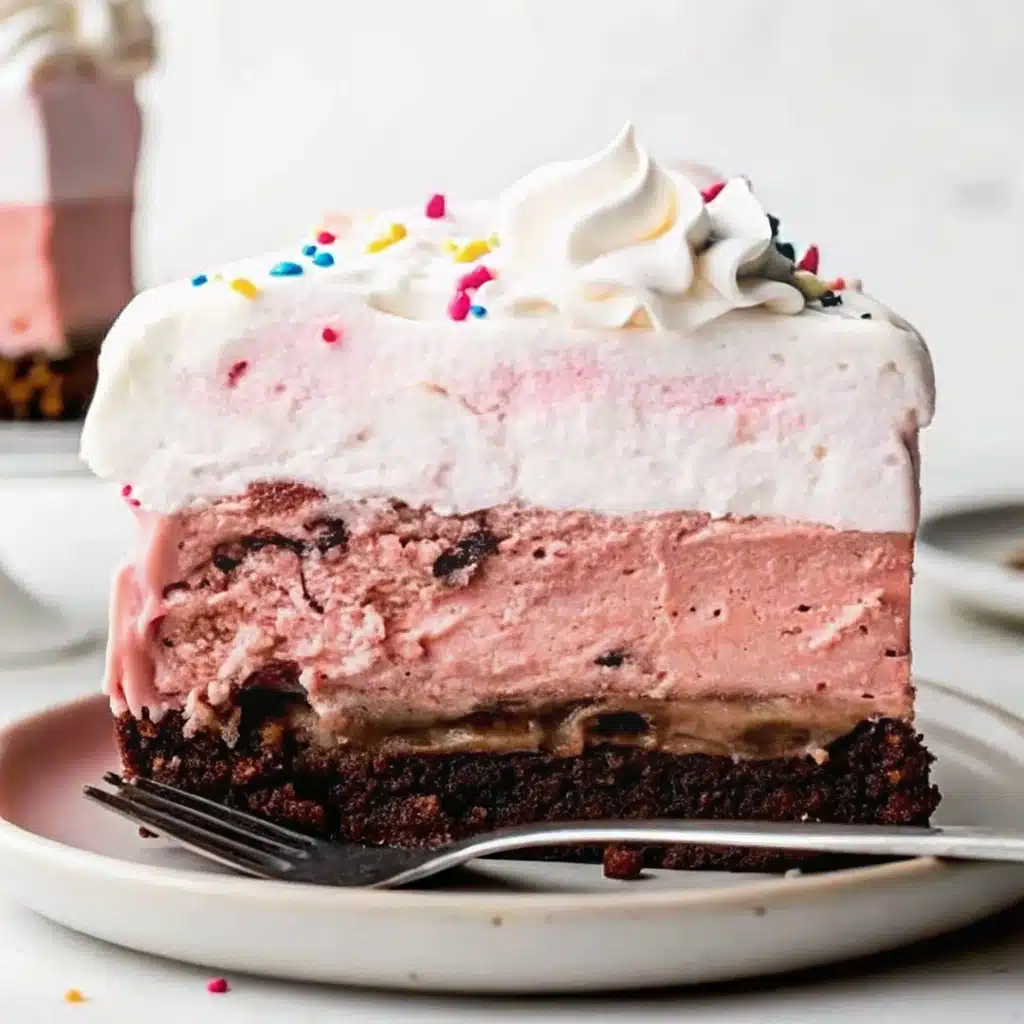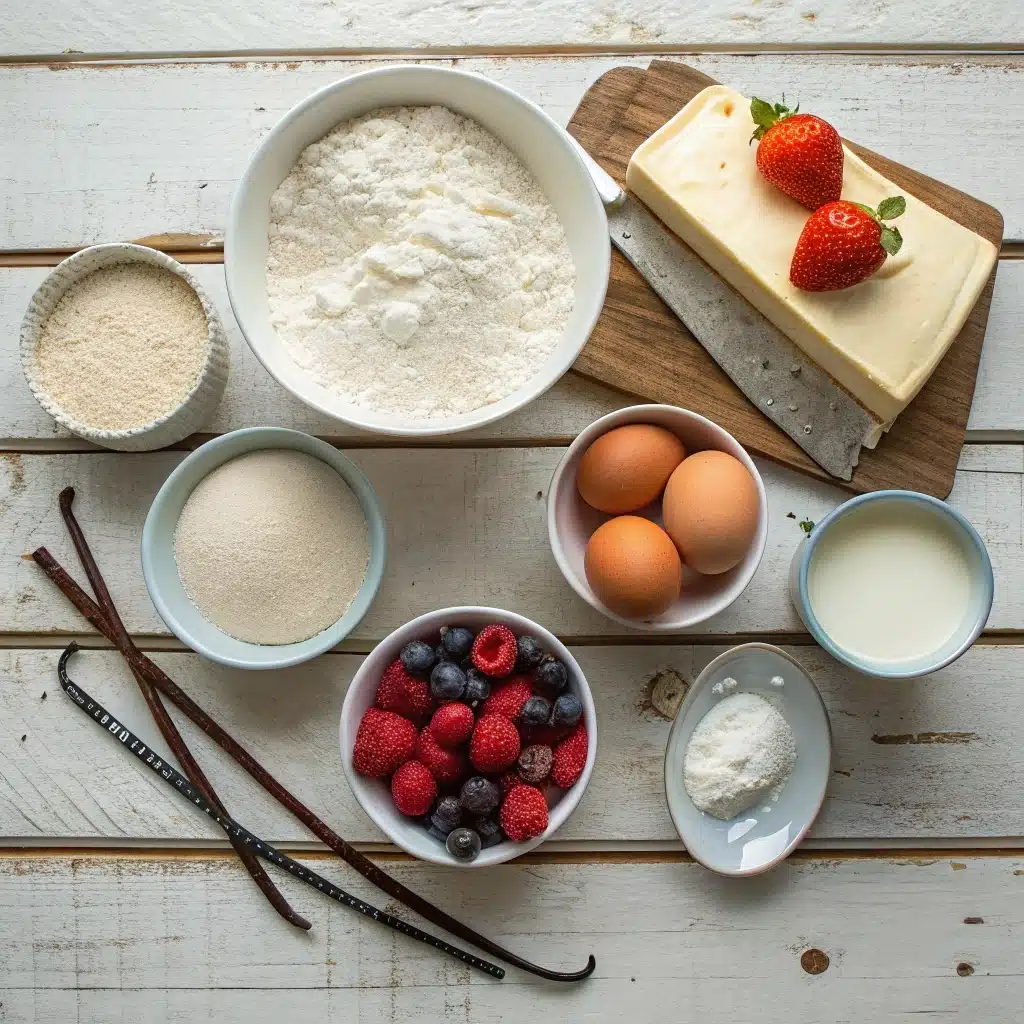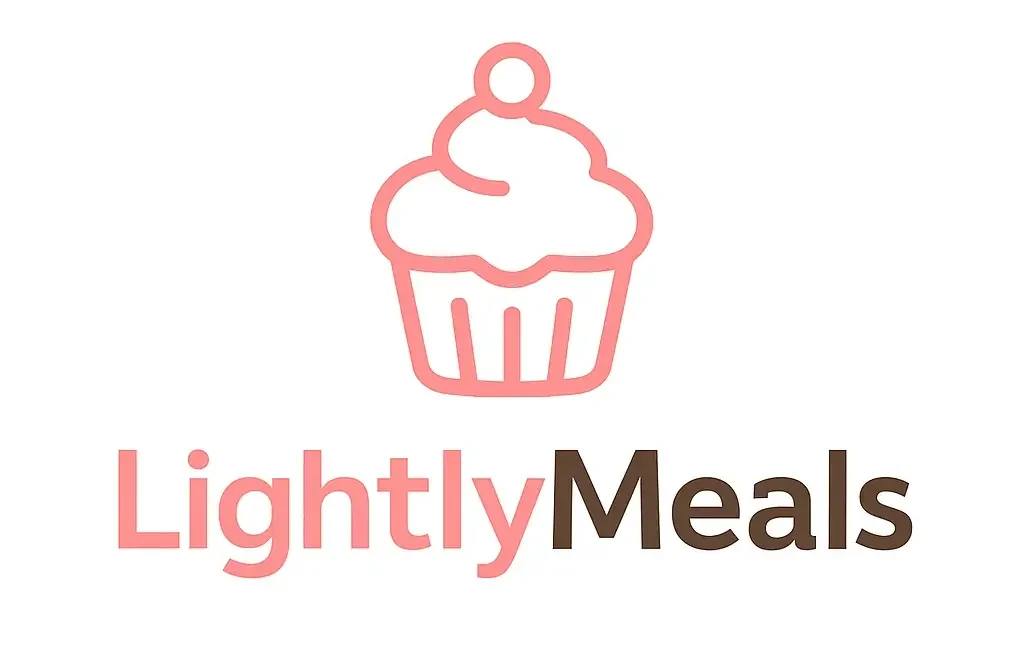If you’ve ever sliced into a cream cake and felt that wave of nostalgia, you’re not alone. There’s something magical about a light, fluffy sponge paired with whipped or pastry cream that makes it timeless. In this article, we’ll dive deep into what defines a cream cake, how it stands out from typical cakes, and the rich variety of versions found around the world. Whether you’re curious about baking one or simply intrigued by the many types, this guide offers delicious answers—and a personal touch from my kitchen in sunny Santa Barbara.

Table of Contents
The Cream Cake That Changed Everything
The first time I made a cream cake
I’ll never forget the morning I tried baking something a little fancier than usual. The boys were arguing over cereal again, and I was craving a quiet moment. So, I pulled out eggs, sugar, flour, and a chilled bowl of cream—no recipe in hand, just instinct. I layered a soft sponge with a whipped filling, hoping for peace and flavor. The result? That very first cream cake was gone before it even cooled completely.
It quickly became a weekend staple in our home. Sometimes I added berries, other times lemon zest, or even swirled in a bit of chocolate ganache. One time, we enjoyed it alongside a scoop of chocolate ice cream and it felt like a celebration. That’s the beauty of this dessert—it adapts to what you have and who you’re with.
Why this cake keeps coming back to the table
Unlike dense or overly frosted bakes, a cream cake delivers a beautiful contrast. The sponge stays tender and airy, while the creamy center ties it all together. It’s simple but memorable. You don’t need layers of decoration to make it stand out—it shines because of texture, balance, and comfort.
I’ve seen versions around the world with mascarpone, custards, or flavored creams. They’re all delightful, but the one I make in my kitchen always feels the most special. Especially when it’s paired with a chilled glass of milkshake with ice cream on a warm afternoon.
That’s why this cake has stuck around. It’s not just dessert—it’s a little reminder that joy often hides in the simplest bakes.

Cream Cake: A Fluffy Classic You’ll Keep Coming Back To
Ingredients
Method
- Preheat your oven to 350°F (175°C). Grease and line two round cake pans.
- Separate egg whites and yolks. Beat egg whites until stiff peaks form.
- In another bowl, beat yolks with sugar until pale and fluffy. Fold in flour, baking powder, and vanilla.
- Gently fold the whipped egg whites into the batter until combined.
- Divide batter into pans and bake for 20–25 minutes or until lightly golden and springy.
- Cool layers completely on a rack before filling.
- Whip the cream with powdered sugar until soft peaks form. Add mascarpone or zest if desired.
- Layer one cake with cream, add berries or extras, and top with the second layer. Spread cream on top and decorate simply.
- Chill cake for 1 hour before serving for best texture.
Nutrition
Notes
Tried this recipe?
Let us know how it was!Global Twists on the Classic Cream Cake
From Europe to Asia: Cream cake traditions worldwide
The classic cream cake may have roots in home kitchens like mine, but it’s truly a global delight. Travel to Austria and you’ll find the iconic Cremeschnitte—a flaky puff pastry layered with custard and cream. In Sweden, there’s the Prinsesstårta, wrapped in green marzipan and filled with whipped cream and sponge. And let’s not forget France’s Mille-feuille, with its perfect layers of pastry and cream that feel both fancy and familiar.
Each culture adds its own signature twist. In Korea, cream cakes are elegantly light, often topped with fresh fruit and delicate piping. They’re less sweet than American versions but just as comforting. In Italy, you might encounter tiramisu-inspired cream cakes layered with mascarpone and espresso-soaked ladyfingers. No matter the country, these variations prove how adaptable this dessert truly is.
And if you’re craving something frozen to complement it, this chocolate milkshake without ice cream adds a refreshing contrast while still keeping things indulgent.

Modern spins for today’s bakers
Home bakers are getting creative, too. No longer limited to vanilla or chocolate, cream cakes now showcase everything from matcha and pistachio to mocha and coconut. Some even skip traditional flour in favor of almond or oat flour, perfect for those looking for gluten-friendly treats.
One fun idea we tried was layering a classic sponge with a whipped coffee cream—like a dessert version of a latte. Served with a sugar-free coffee creamer on the side, it was both nostalgic and new.
Whether it’s a twist on tradition or something entirely unexpected, these variations keep the humble cream cake alive and evolving. It’s proof that some of the most beloved dishes are the ones we keep reinventing in our own kitchens.
Cream Cake vs. Traditional Cakes
What really sets a cream cake apart
You might be wondering—what makes a cream cake different from your average cake? It’s a fair question, especially when both have sponge and sweetness. But here’s the key: it’s all about the filling and the texture. Traditional cakes, like butter cakes or pound cakes, tend to be denser with heavier frostings. They’re delicious, of course, but they focus more on richness than lightness.

A cream cake, by contrast, puts softness first. The sponge is often made with separated eggs or whipped whites to maximize fluff. The filling? That’s where the magic happens. Whether it’s whipped cream, pastry cream, or mascarpone, the center provides both moisture and flavor without overwhelming the base.
This difference is why cream cakes pair beautifully with drinks like healthy coffee creamer. They don’t overload the palate—each bite refreshes instead of filling you up. It’s dessert, but it’s also a little breather.
Which one is better for different occasions?
If you’re throwing a big birthday bash, a classic layered cake with buttercream might be your go-to. But for brunches, garden parties, or a quiet afternoon with friends, a cream cake brings something special. It’s less formal, more inviting, and surprisingly easy to prepare ahead of time.
I’ve served it during summer gatherings with a side of coffee creamer flavors and fresh berries, and it always disappears fast. The key is how versatile it is—dress it up or keep it rustic, and it still delivers.
So, while both cakes have their charm, there’s a reason why cream cake keeps showing up at my table. It’s not just the flavor—it’s the feeling it brings. Comfort, ease, and a little bit of homemade magic.
Building the Perfect Cream Cake at Home
Getting the layers just right
Making a cream cake at home doesn’t need to be intimidating. In fact, once you understand the basics, it becomes a reliable go-to for birthdays, brunches, or even a random Tuesday. The secret? Start with a sponge that’s moist but firm enough to hold your filling. I usually go with a chiffon or genoise base—it’s light, airy, and easy to slice.
Cool your cake layers completely before you even think about the cream. That’s rule number one. Then comes the filling. I prefer a whipped mixture with a touch of vanilla and powdered sugar. If I’m feeling fancy, I might fold in mascarpone or citrus zest for extra brightness. And don’t forget texture—berries, shaved chocolate, or crushed nuts can take it to the next level.
If you’re ever short on time, this chocolate brownie ice cream cake is a great inspiration—it’s rich, layered, and loved by all ages.
Serving tips to impress (without the stress)
Presentation doesn’t have to be over the top. I like a rustic look—visible layers, a little swoosh of cream on the sides, maybe a few fresh strawberries on top. Simple, elegant, and inviting. This kind of cake doesn’t need piped rosettes or edible gold—it shines in its simplicity.
Serve it slightly chilled so the cream holds firm but still melts in your mouth. And if you want to balance the sweetness, pair it with a warm drink made with healthy coffee creamer. The contrast is delightful, especially on cooler days.
At the end of the day, building a cream cake at home is about joy. About creating something beautiful with your hands that brings people together. It might not be perfect—but it will be yours, and that’s what makes it unforgettable.
For more fun variations and ideas, check out our Facebook and Pinterset sections where creativity meets craving.
Frequently Asked Questions About Cream Cake
What is a cream cake called?
A cream cake can go by many names depending on the region. In Austria, it’s often called Cremeschnitte, while in Korea, it’s simply known as a whipped cream cake. In the U.S., it’s typically described by its filling or layers—like “whipped cream sponge cake.” Though the structure varies, they all feature a light base with a creamy center.
What is the difference between a cream cake and a normal cake?
The main difference lies in texture and filling. A traditional cake often uses dense layers and rich frosting, while a cream cake focuses on light sponge layers filled with whipped or pastry cream. The result is a more delicate, airy bite compared to the richness of a typical frosted cake.
What is another name for cream cake?
Depending on the ingredients or cultural twist, a cream cake might be called a chiffon cake, strawberry shortcake, whipped cream cake, or even tiramisu when coffee and mascarpone are used. These are all variations that follow the same concept: soft cake with a luscious cream filling.
What are the types of cream cake?
There are several types, including fruit-topped cream cakes, chocolate-layered versions, and international favorites like the French Mille-feuille, Italian tiramisu cake, or the Korean strawberry cream cake. Each version varies slightly in texture, sweetness, and appearance but shares the signature cream-layered base.
Conclusion
From humble beginnings in my kitchen to dessert tables around the world, cream cake continues to steal hearts with its simplicity and charm. It’s a treat that lets texture shine and flavors bloom—perfect for gatherings, lazy weekends, or quiet celebrations.
Whether you go for a rich chocolate version or a light fruit-filled twist, the joy of baking this cake comes from how adaptable and rewarding it is. And remember, every cream cake has a story—and I hope yours tastes like comfort and home.
